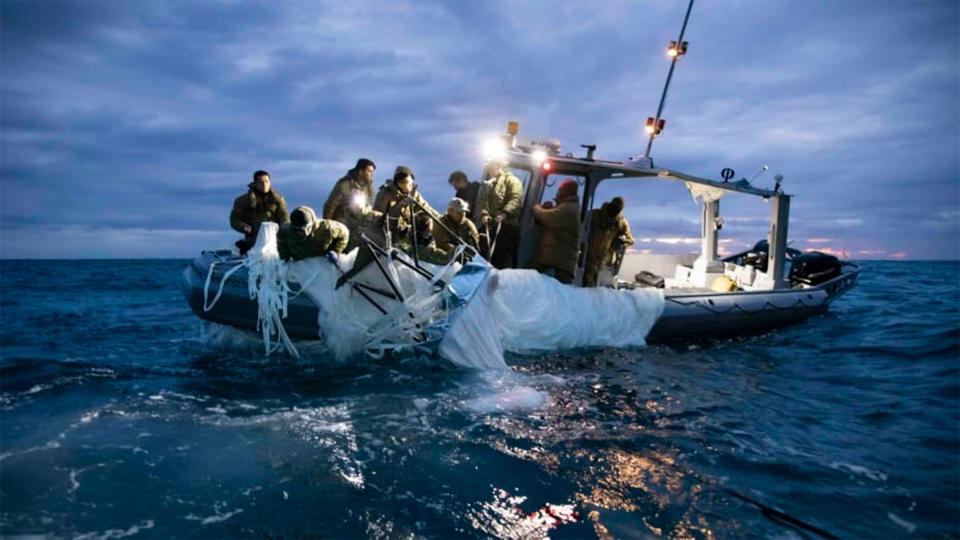A hostile balloon over Wyoming

The Chinese spy balloon that lingered over Montana for a while last week reminded us of reports of an earlier, more hostile balloon that bombed Wyoming during World War II. What? Wyoming was bombed? Well, yes, apparently.
Members of the public first spotted last week’s balloon on Wednesday, Feb. 1, about 60,000 feet above Montana. For a few hours, authorities closed the Billings airport. By Saturday, the balloon had drifted across the continental U.S. That afternoon the U.S. Air Force shot it down over coastal waters off South Carolina. Sunday, the Navy recovered parts of the balloon.
The incident brought on a lot of finger-pointing between Republicans and Democrats. Secretary of State Anthony Blinken canceled a long-planned trip to China to confer with his counterpart, Wang Yi, on current tensions between the two nations. The National Security Agency has since revealed that other Chinese spy-balloon flyovers happened three times during the Trump administration and at least once, before this, during the Biden years.
Late in 1944, however, events seem to have been more haphazard, more dangerous and much more secret. Tom Mast’s wide-ranging WyoHistory.org article, Wyoming and World War II, tells how the Japanese armed high-altitude balloons with explosive devices and allowed them to float toward the U.S. to at least damage American morale, if not kill people. In Oregon, a woman and several children were killed after trying to retrieve a downed balloon. In Wyoming, one bomb seems to have landed and perhaps exploded near Thermopolis.
But the U.S. government pressured news outlets not to report such incidents to keep the Japanese in the dark about the effectiveness of their attempts. Unlike last week, when we received almost hourly reports of the balloon’s progress, the wartime newspapers and radio stations complied. So, 78 years later, it’s still hard to know exactly what happened.
